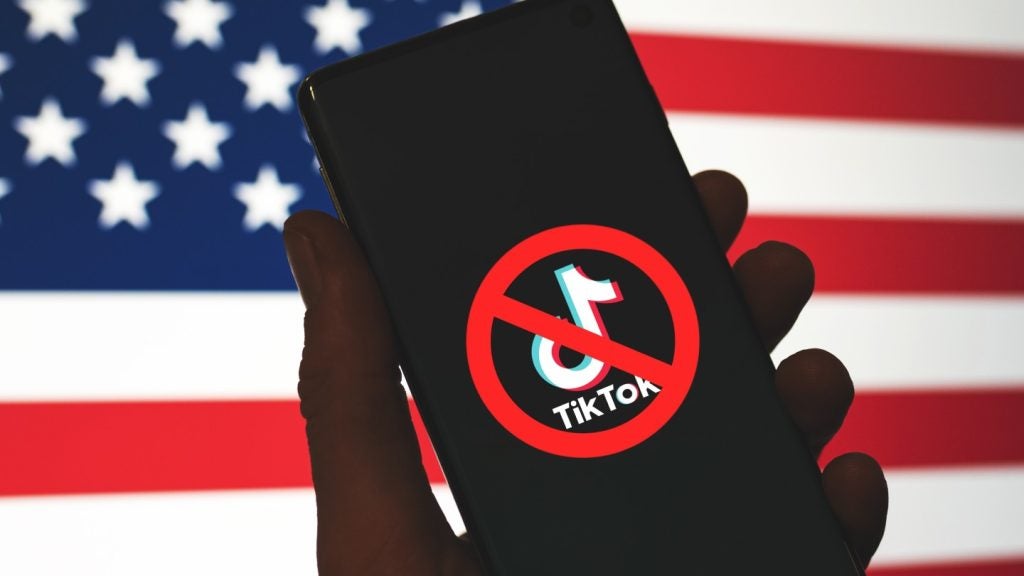
US Citizens Broadband Radio Service (CBRS) is a set of wireless channels in the 3.55 to 3.65 GHz spectrum band that used to be reserved for the Department of Defense, the Navy and for satellite operators.
Today the wireless spectrum also provides much-desired licenses for telecom operators of all shapes and sizes that covet mid-band spectrum that can be used to augment existing 4G/5G networks or allow companies without mobile assets to offer wireless services.
On 23 July , the auction for Priority Access Licenses (PALs) for CBRS began; each PAL consists of a 10 megahertz channel in the band. Some 22,631 licenses will be offered, with seven licenses available for each US county (or census tract).
CBRS spectrum auction is a hot ticket
So far the auction has resulted in 271 qualified bidders. The applicants consist of an astounding array of companies from mobile network operators and cable companies, to wireless internet service providers, electric utilities, universities, and large enterprises.
They are excited about using CBRS spectrum to supplement existing networks for public or private use, or to roll out their own networks without having to engage with a service provider. In either case, the auction will have a significant effect on public and private wireless networks and on the race to offer 5G.
The PAL licenses provide blocks of spectrum – each applicant can get up to four different 10 Mhz chunks per license area and aggregate them if they wish. PALs are 10-year renewable licenses.
How well do you really know your competitors?
Access the most comprehensive Company Profiles on the market, powered by GlobalData. Save hours of research. Gain competitive edge.

Thank you!
Your download email will arrive shortly
Not ready to buy yet? Download a free sample
We are confident about the unique quality of our Company Profiles. However, we want you to make the most beneficial decision for your business, so we offer a free sample that you can download by submitting the below form
By GlobalDataThe fact that cable companies and non-mobile operators are bidders has been expected as these service providers may want to offer their own wireless services without having to rely on a mobile operator or Mobile Virtual Network Operator (MVNO) that aggregates spectrum and resells it.
So far, bidders in this segment include Charter, Cable One, Cox, Shenandoah Cable, and Dish as well as Windstream, Frontier, Cincinnati Bell, CenturyLink (dba as Actel), and Docomo Pacific (in Guam). US Cellular, AT&T, Verizon, and T-Mobile are also in the running to add to their mobile assets.
It is expected that these bidders will offer private and hybrid public/private LTE or eventually 5G networks to businesses, but also will improve in-building coverage for consumer services including Fixed Wireless Access (FWA).
Is there room for everyone to make money?
It is the non-operators that are of particular interest as probable do-it-yourself spectrum licensees for private networks. They include universities, large companies, and utilities – including Virginia Tech, Texas A&M, Duke University, Chevron, Deere and Company, Tampa Electric, Socal Edison, Alabama Power, and the City of Donalsonville. GA (which owns a utility).
Many of the use cases for enterprises include in-building or campus IoT applications that leverage CBRS.
Followers of the private wireless network market see the potential for massive competition – even beyond what we see today, with mobile operators seeking both connectivity and professional services revenue, and infrastructure providers such as Nokia and Ericsson already actively seeking incremental revenues from 4G/5G network design, build-out and management services.
This begs the question – Is there room for everyone to make money?
We also already see private companies such as automotive manufacturers using their own spectrum to roll out their own wireless networks to supplement or replace WiFi and in-building wired access.








Related Company Profiles
Cable One Inc
Chevron Corp
Nokia Corp
Windstream Holdings Inc
Lumen Technologies Inc